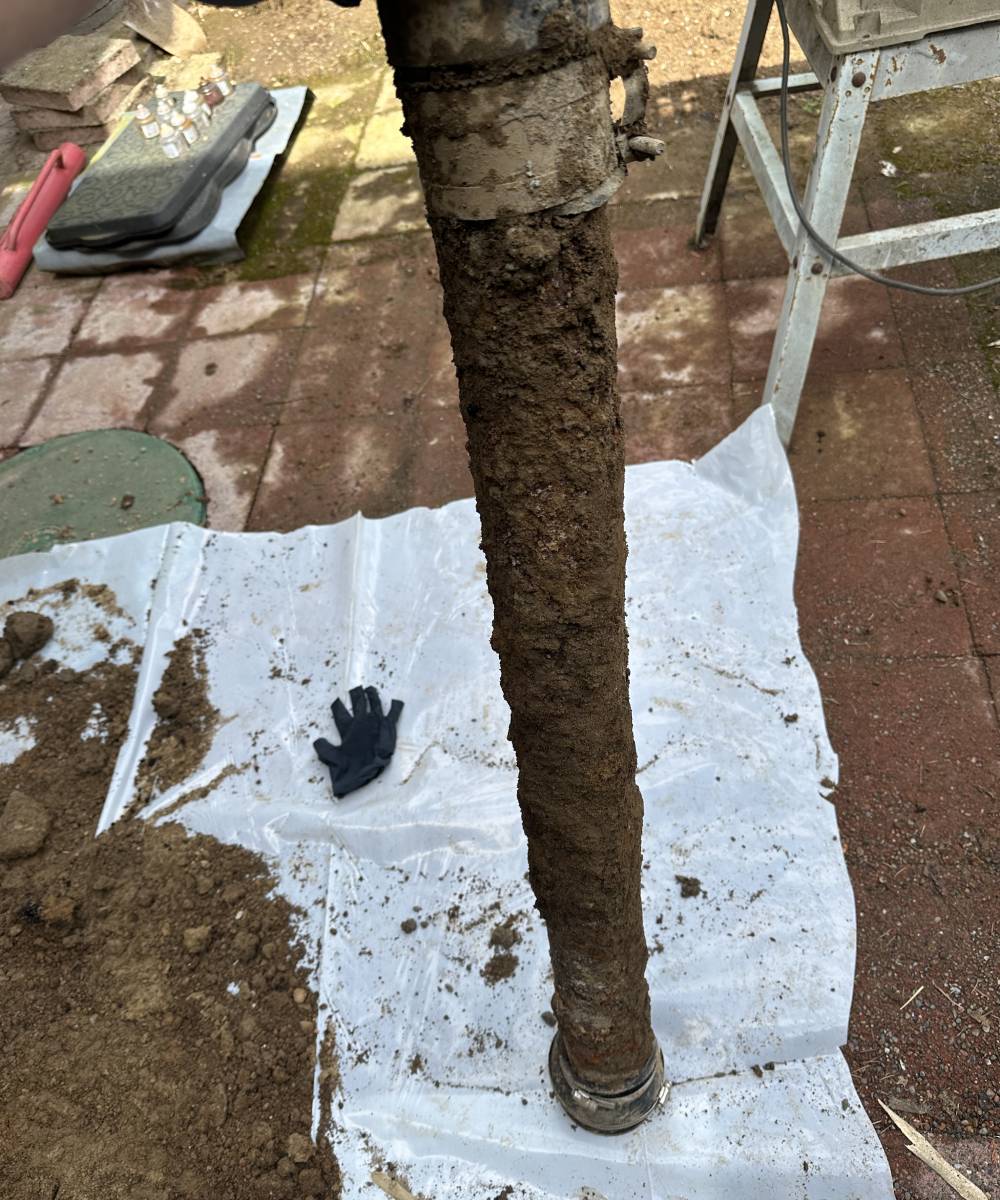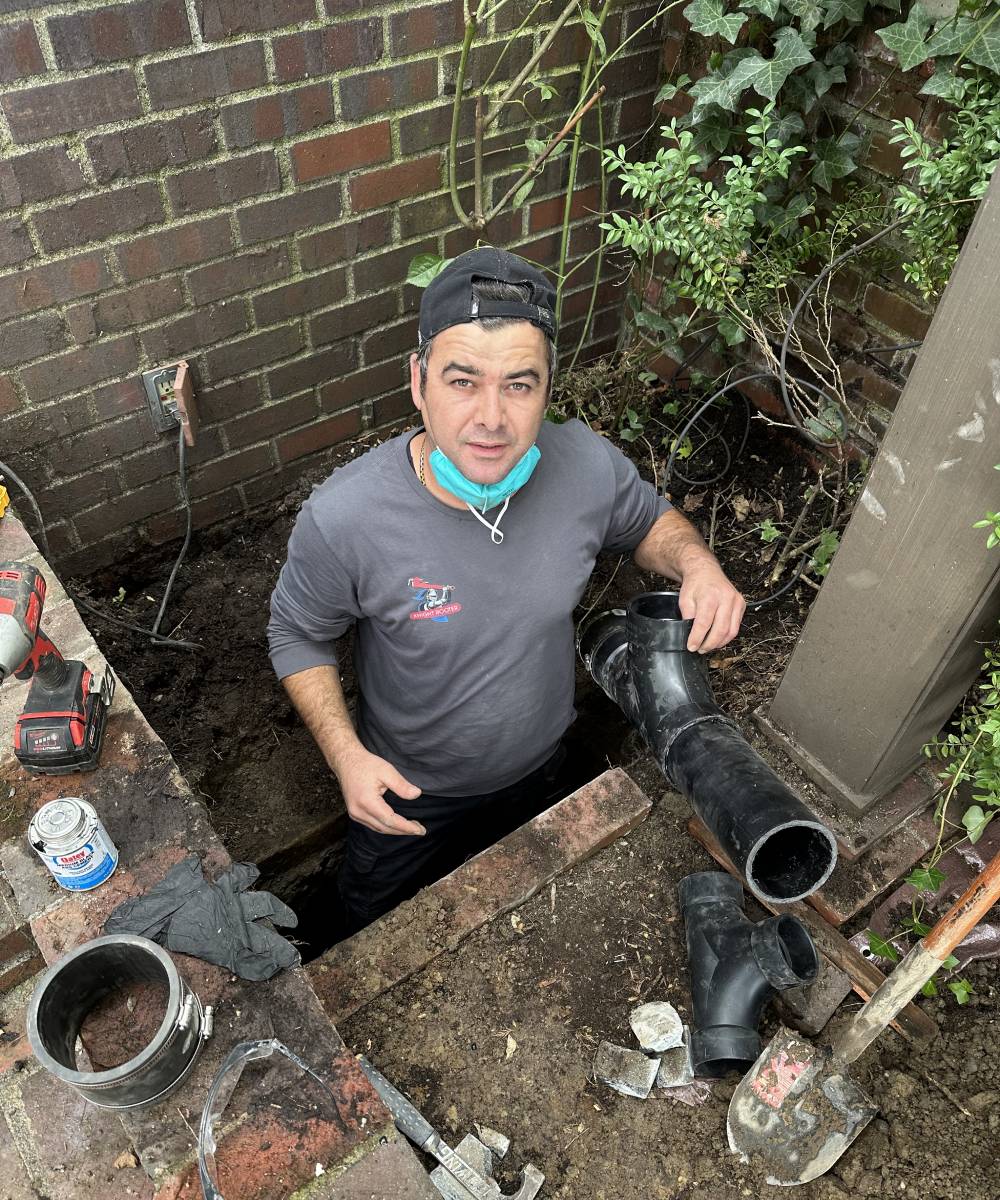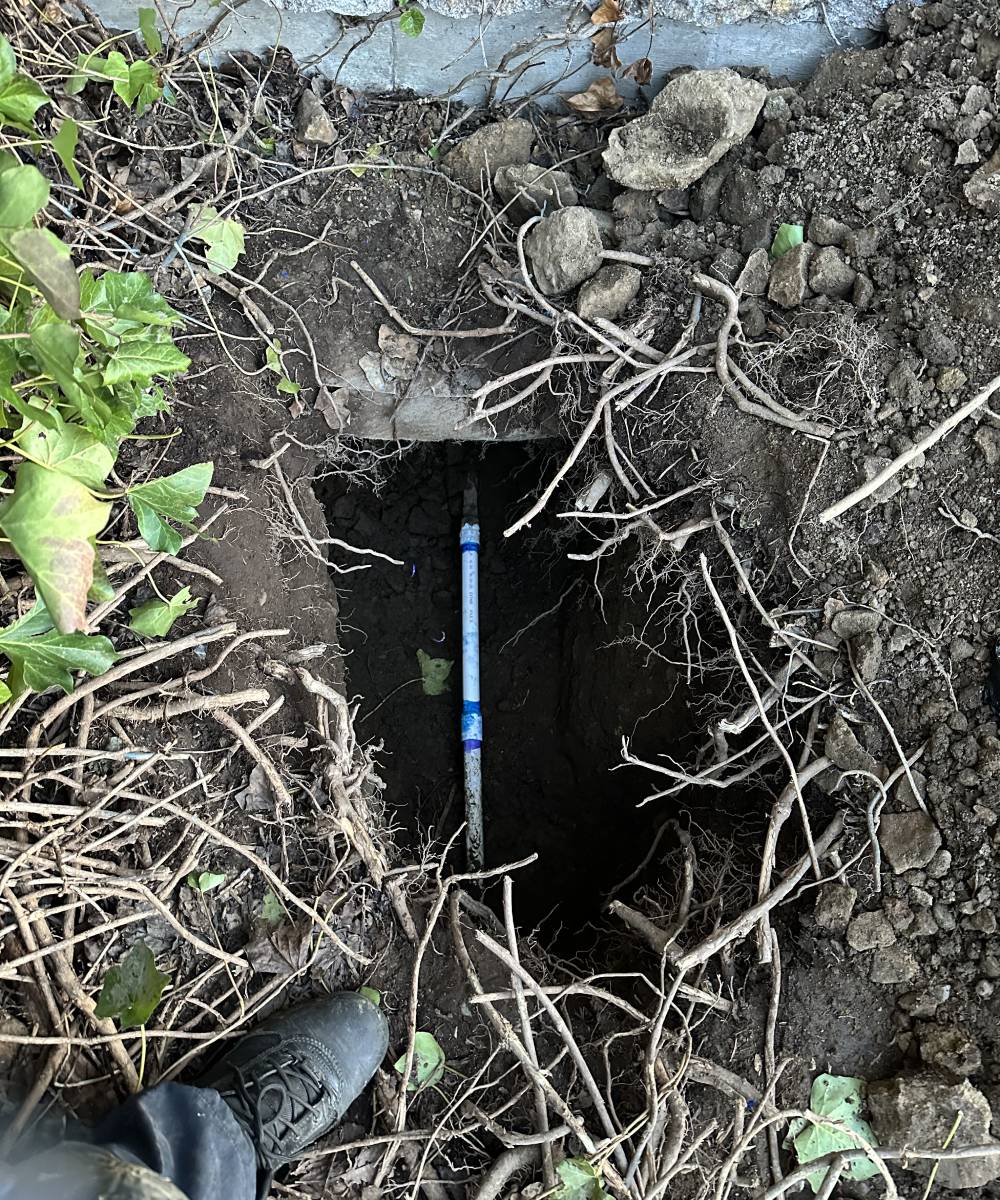Ensuring your home’s water quality is vital for your family’s health and the longevity of your plumbing systems. This guide provides step-by-step instructions and tips to test water quality at home, identify issues, and find effective solutions.
Why Water Quality Testing is Essential
Water is an integral part of daily life, from drinking and cooking to bathing and cleaning. Contaminants such as bacteria, lead, or excessive minerals can pose risks to health and cause plumbing damage. Testing your water ensures safety and peace of mind, particularly for homes using well water or those concerned about municipal water safety.
Key Statistics:
- The CDC estimates that approximately 7.2 million people in the U.S. suffer from waterborne illnesses annually.
- Nearly 45 million Americans rely on private wells, which are not regulated by federal safety standards.
Being proactive about water testing not only protects your family’s health but also minimizes potential plumbing repair costs.
Signs of Water Quality Issues
Before testing, look out for these common indicators:
- Cloudy or discolored water: Indicates sediment, rust, or microbial presence.
- Metallic taste: Could signal lead, copper, or high iron content.
- Foul odors: Might indicate sulfur, bacterial contamination, or chemical additives.
- Staining on fixtures: Yellow, orange, or green stains suggest hard water or mineral buildup.
- Skin irritation: A sign of unbalanced pH, high chlorine levels, or contaminants.
- Low water pressure: Often linked to pipe corrosion or sediment buildup.
Detecting these symptoms early can save you from costly damage or health complications.
How to Check Water Quality at Home
Using a Home Water Testing Kit
Home water testing kits are affordable, easy to use, and effective for identifying basic contaminants.
Steps to Use a Testing Kit:
- Purchase a reputable water testing kit tailored to your needs (e.g., lead, chlorine, or pH balance).
- Fill the testing vials with water samples from your taps, following the instructions.
- Add the test reagents provided in the kit and wait for results.
- Compare color changes or readings to the kit’s guideline chart.
Common Tests Include:
- pH levels: Ensures the water isn’t too acidic or alkaline.
- Chlorine levels: High chlorine can lead to skin irritation or poor taste.
- Hardness: Measures calcium and magnesium levels to identify hard water.

Conducting Lead Testing in Water
Lead exposure is harmful, especially to children and pregnant women.
How to Test for Lead:
- Use lead-specific test kits, or send samples to a certified lab.
- Check fixtures and pipes in older homes for possible lead contamination.
- Consult your municipality for free or subsidized testing programs if available.
Testing Well Water
Well water is more susceptible to contamination from natural sources and nearby activities like agriculture. Essential tests include:
- Bacteria levels: Coliform bacteria presence indicates possible contamination.
- Nitrates: Often from fertilizers, they pose risks to infants and pregnant women.
- Heavy metals: High iron or arsenic levels can affect taste and safety.
It’s recommended to test well water annually and after heavy storms or floods.
Interpreting Water Quality Reports
After testing your water, understanding the results is critical. Focus on the following:
- EPA Standards: Compare your results to EPA’s maximum contaminant levels (MCLs).
- pH Levels: Ideal water should range between 6.5 and 8.5.
- Total Dissolved Solids (TDS): Higher TDS levels indicate excessive minerals or contaminants.
- Hardness: High levels (>120 ppm) suggest the need for a water softener.
If your results show alarming contaminant levels, consult professionals to identify the best solutions.
Solutions to Common Water Quality Issues
- Install Water Filtration Solutions
- Carbon Filters: Effective for removing chlorine and improving taste.
- Reverse Osmosis Systems: Provide comprehensive filtration, removing bacteria, heavy metals, and nitrates.
- UV Filters: Best for killing bacteria and viruses without chemicals.
- Address Plumbing Issues
- Replace old, corroded pipes, especially those made of lead or galvanized steel.
- Schedule regular plumbing inspections to detect leaks or contamination points.
- Softening Hard Water
- Install a water softener to reduce mineral buildup and improve water quality.
- Disinfect Well Water
- Use shock chlorination to sanitize wells.
- Regularly inspect and seal the wellhead to prevent external contamination.
For tailored advice, explore KnightRooter’s services.
How Plumbing Services Help Ensure Water Safety
Certified plumbers provide expertise beyond what home testing kits can reveal. At KnightRooter, we specialize in:
- Advanced Diagnostics: Using state-of-the-art equipment to detect contaminants.
- Pipe Repairs and Replacement: Fixing leaks, corrosion, and outdated plumbing.
- Custom Water Filtration Systems: Designing solutions based on your water quality.
Proactive Water Safety Tips for Homeowners
- Maintain Your Plumbing System
- Flush pipes regularly to reduce sediment buildup.
- Inspect for leaks, especially in older homes.
- Upgrade Outdated Fixtures
- Replace lead or brass fixtures with modern, contaminant-free materials.
- Invest in a Whole-House Water Filter
- These systems filter water at the main supply, ensuring clean water for all household uses.
- Monitor Local Water Reports
- Stay updated on your area’s water quality through municipal reports or community alerts.
- Test Water After Natural Disasters
- Flooding or earthquakes can compromise water safety.
- Educate Your Family
- Teach household members to identify signs of water quality issues, such as unusual tastes or smells.
Conclusion
Water quality testing is a critical step in ensuring your family’s health and protecting your home’s plumbing system. Whether you rely on municipal water or a private well, staying proactive helps you tackle contaminants before they cause harm.
For expert assistance, trust KnightRooter to deliver effective solutions tailored to your water quality needs.
FAQ
1. How often should I test my home’s water quality?
Testing every six months is recommended, particularly for homes using well water or with older plumbing systems.
2. Are home testing kits reliable?
Yes, they provide accurate results for basic contaminants. For more comprehensive analysis, professional services are advised.
3. Can hard water damage my plumbing?
Yes, it can cause mineral buildup, leading to reduced water flow and potential pipe damage.
4. What’s the best solution for lead in water?
Install a certified lead-removing water filter and consult a professional to replace lead-containing pipes.
5. Is municipal water always safe?
Municipal water is typically treated, but aging infrastructure can introduce contaminants. Regular testing is a good precaution.
6. Can I test water for bacteria at home?
Yes, many kits include bacteria tests, but for accurate detection of harmful strains like E. coli, professional lab testing is ideal.
7. Why does my water smell like rotten eggs?
This is usually caused by sulfur or hydrogen sulfide gas. Installing a filtration system can eliminate this issue.
For professional and fast drain cleaning Bothell, drain cleaning Seattle, and drain cleaning Bellevue, contact KnightRooter. Our team is ready to provide the best solutions for your drain issues.





No comment yet, add your voice below!